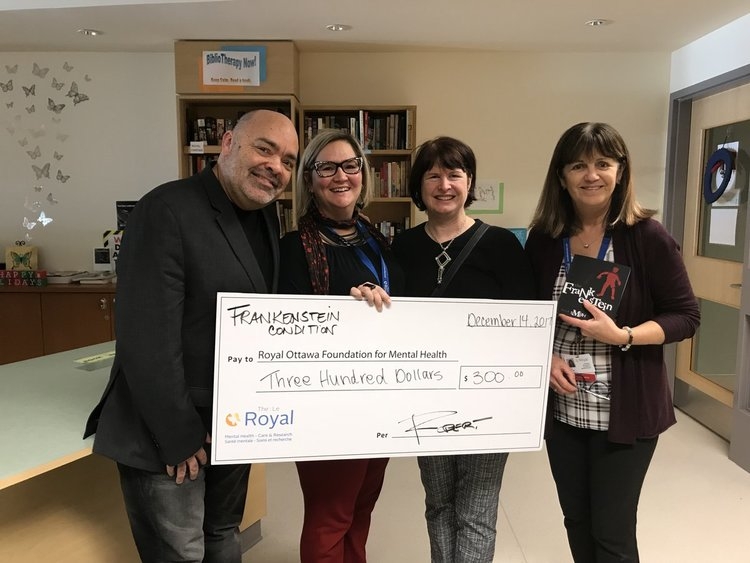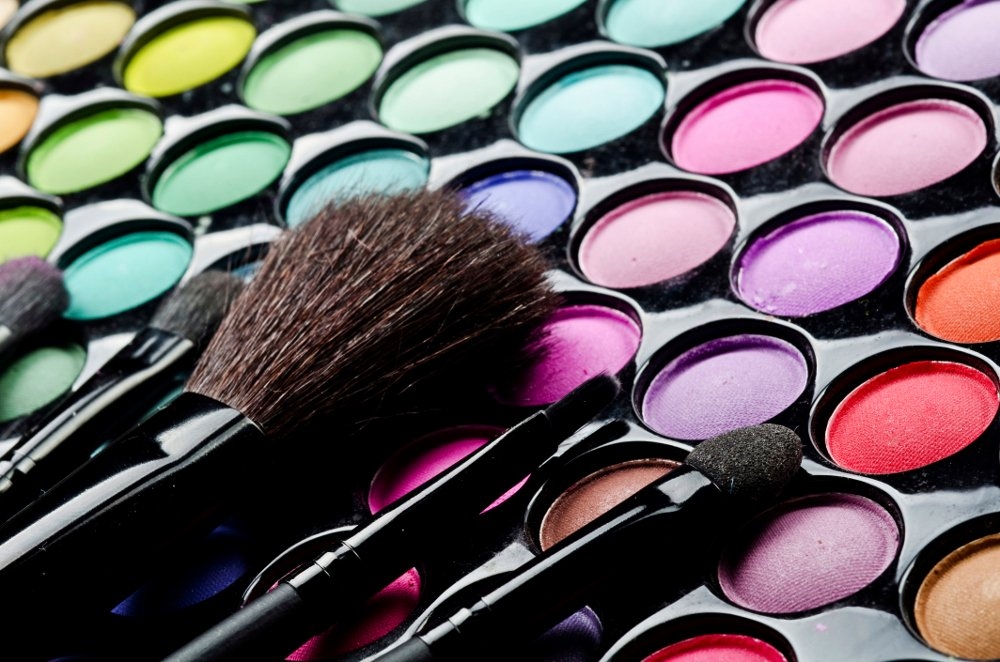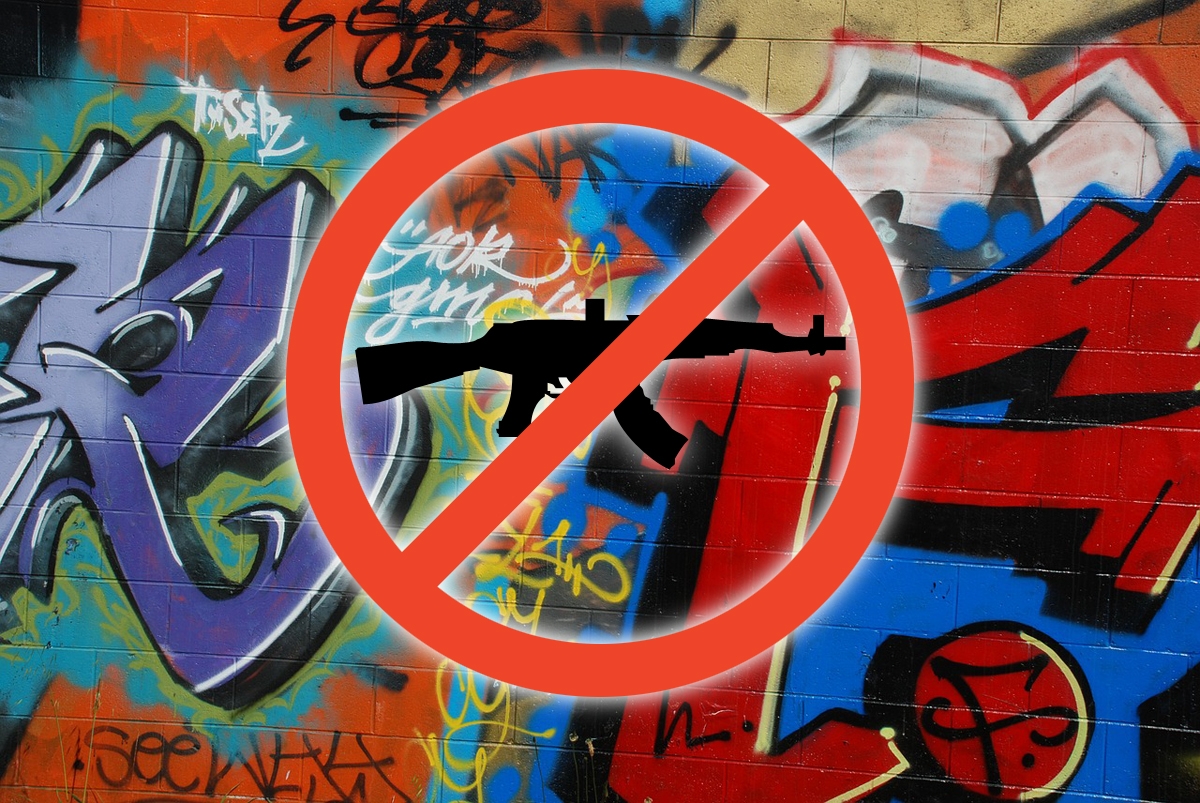
Community leader and award-winning graphic designer: An interview with Robert Smith
Robert Smith is one of Ottawa’s celebrated community leaders; as a graphic designer and founder of Greenmelon Inc., Robert and his team have worked with an exciting range of clients such as: Farm Boy, the RCMP, DC Comics, National Gallery of Canada, the Royal Canadian Mint and more. As an author, Robert’s first book, ‘The Frankenstein Condition’, explores how social media impacts our self-image today, with illustrations from Bernie Wrightson, celebrated artist who created the ‘Swamp Thing’, illustrated several Batman comics and worked with Stephen King.
Robert has received more than 100 awards of distinction from professional organizations and publications around the world.
Ottawa Life Magazine: Who’s been a favourite client of yours?
Robert Smith: We did a brochure campaign for the Ottawa Hospital Foundation, who wanted to raise a lot of money for an extension to the ER: adding more operation rooms, and for additional staffing. We knew [the campaign] would be for higher-end clients—they needed people who would be donating $500,000 and above. This had to be a special piece, because these people are constantly asked for money.
So I told the client that this is a local story; it's about our hospital and our people, and I didn’t want to use stock photography. So she [client] called me back the next day and said, "Careful what you wish for—I've signed you up for a shift at the hospital." I spent a full shift at the hospital in the ICU, the birthing unit, the ambulance, the air ambulance. It was an insane day but an incredible experience that I'll never forget. I observed and I photographed. It was a very privileged opportunity to see what these people see.
 Going back to childhood, what was it that inspired you to start this journey?
Going back to childhood, what was it that inspired you to start this journey?
I was very much an artistic child. It goes back like eight generations before there's any artists [in my family], although my mother and sister are both classical pianists. I did grow up in a household that very much supported my artistic endeavours—which is not the same for everybody, and that’s unfortunate. I barely made it through high school and bless my parents, they stuck with me saying "He's going to be starving artist but that's what he likes."
I was incredibly fortunate to have a guidance counselor my last year of high school who told me I needed to get into graphic design. I went from a 52 average in high school to an A+ student in college.
At 51 now, I still wake up every day excited to go to work. I'm always engaged. It's unfortunate that not everybody has that opportunity—we tend to box our passions into after work pursuits.
Your CreativeMornings talk was about what it takes to pivot as an adult into doing something that you love. How does that connect to your book, The Frankenstein Condition?
It was originally ‘The Frankenstein Parent’ because I was going through some anxiety and depression because I felt I wasn't being a good father. At the time I was a scout leader and a soccer coach, so I had exposure to a lot of parents. Depression and anxiety aren’t like breaking a limb where you put a cast on it and it gets better. It's more abstract.
So with the parents that I was with, there was the Hockey Family, there was the Intellectual Family, there was the Outdoors Family, there was the Playing-Games-at-Home Family. I was trying to get all of that together into one parent that I was judging myself against. The reality was that parent never existed, couldn't possibly. And when I broke it down I realized, with the Hockey Family, their kids don't do very well at school because they're always at hockey. With the Intellectual Family, their kids weren't in any kind of sport. And the Outdoors Family, their kids didn't have a lot of friends because they're always away. You need to really identify what's important to you as a parent, what you want to pass onto your children, and ignore the rest.
I attributed that to Frankenstein where Dr. Frankenstein had really good intentions. He wanted to fight death because there was too much death around him, but he ended up creating a destructive monster. He built this monster from pieces of other people—the best arms, the best brain—and then stitching it together. As humans, we do that on an emotional level. I realized I did that as a parent, in my career, as a son. The scope became much bigger. If we stop to look at [what we are doing] logically and without emotion, we can see what we're doing. It's easier to express.
What’s been the feedback to your book?
I get so many emails from people saying they were going through a problem, but they stopped, recognized their ‘monster’ and why it was happening—and they were then able to move on. This is dealing with what's called ‘situational depression’—things that we can address individually and work through it by talking and rationalizing it.
I wrote the book as a bucket list thing—make my mom happy!—but it took a life unto itself. That's why I'm writing a second book now. The important thing for me with ‘The Frankenstein Condition’ is that it gives people the tools that they can use. It was also important that it was very much written in my voice, because it needs to be relatable. I was looking for a book when I was going through this myself, and I found that a lot of other authors were taking the easy way out, speaking to people who had already started addressing their issues and not the darkness. And so the first chapter is the ‘Dark and Stormy Night’. The big takeaway from that chapter is "Things can get dark. I know; I've been there. It gets better, truly, but you need to recognize that you are in the dark before you can look for the light."
Self awareness is the silver bullet. You can't have the definitive ‘Five Steps to Being Truly Happy’. It's bullshit. Who are you as a person? What's important to you? For me as a parent, it’s important that my boys grow up respectful of other people—that they are good humans, that they are polite, that they follow their passions.
It took you one year to write this book. What was the process like?
I went through very much imposter syndrome or a Frankenstein Condition in doing this. There were many points where I put it away, thinking: I'm not a writer, what right do I have to be writing a book? So I turned it into a communications, marketing and design project, which I love to do, and it kept me engaged. I had Bernie Wrightson's illustrations in front of me as well, because he spent six years illustrating Mary Shelley's Frankenstein, and that was an inspiration.
When I got close to the end, I was using [Wrightson's] illustrations as placeholders. I got so enamored with how it looked, I bit the bullet and sent him an email. Four emails later, he said yes. He thought it was wonderful that [his illustrations] would be used for a nonfiction book helping people with depression. The sad thing is that one week after he gave me the approval, that passed away. To me it was kind of the universe or a karmic kick saying ‘you got to finish the book’. Then the week after that I was watching Walking Dead and the episode was dedicated to him. So I said, OK, I'm going to finish it.
The proceeds from your book launch went to Royal Ottawa Foundation for Mental Health. What propels you to give back in that way?
I feel incredibly privileged that I found a career that fulfills me 100%. I remember being the weirdo in high school, and I don't want other people to have to go through that. That's why I love speaking at high schools—you see those little light bulbs. It might be only four kids, but you suddenly see their eyes open. In this day and age, there's so many more opportunities.
I have to ask—why 'Greenmelon'?
I remember driving home from a trip with my two sons. My oldest at the time was six or seven, and he said "Dad, I want to have a design studio just like you." And he said he had a name and a logo. You know, he's a six or seven-year old boy, so I'm thinking it's going to be like ‘Fart Graphics’ or ‘Poop Logos’—but then he said 'Greenmelon'. He said green is his favourite colour, and your ‘melon’ is your brain—”that’s where you come up with your ideas”.
Fast forward six years, I was ready to sell my shares at Storm and start a design company that was intended to be an ideas company. And 'Greenmelon' came up. I thought that was brilliant because it came from somebody from that time period of their life. I just changed 'green' to mean fresh and kept 'melon' as your brain and your ideas.
What’s your next book about?
With ‘The Frankenstein Condition’, I need to do a second edition. I'm working with an author in the states who loved the book, and is coaching me on getting the message out to a bigger market. The second book is called ‘You are Frankenstein: Social Media and the Monsters That We Make’. ‘The Frankenstein Condition’ will be part of the book, and there's going to be more content.
Because of the CreativeMornings, I've been doing more speaking engagements on the creative process, how to come up with ideas, get away from the computer—what I like to call a ‘pencils before pixels’. I’ve been doing training sessions and workshops on that, and I'm writing a book called, ‘Wow, How and Now: The Last Communication Strategy You'll Ever Need’.
Under the Frankenteins, I've got the physical book, and I've got a series of ebooks where people will be able to download ‘The Frankenstein Parent’, ‘The Frankenstein Teen’, ‘The Frankenstein Career’.
Looking to the future, how do you think our relationship with technology is changing?
It's very much becoming very digital centric: UX, UI, AI. However, in my industry, we have also seen a bit of a renaissance. We originally predicted the death of print, but that is not happening. What has happened is a shift. Print has become more precious—ergo, the existence of Indigo Chapters. We spend our entire day in front of a computer, and our tactile experiences have been limited. So when we do have the opportunity of a book, we take it and we cherish that.









